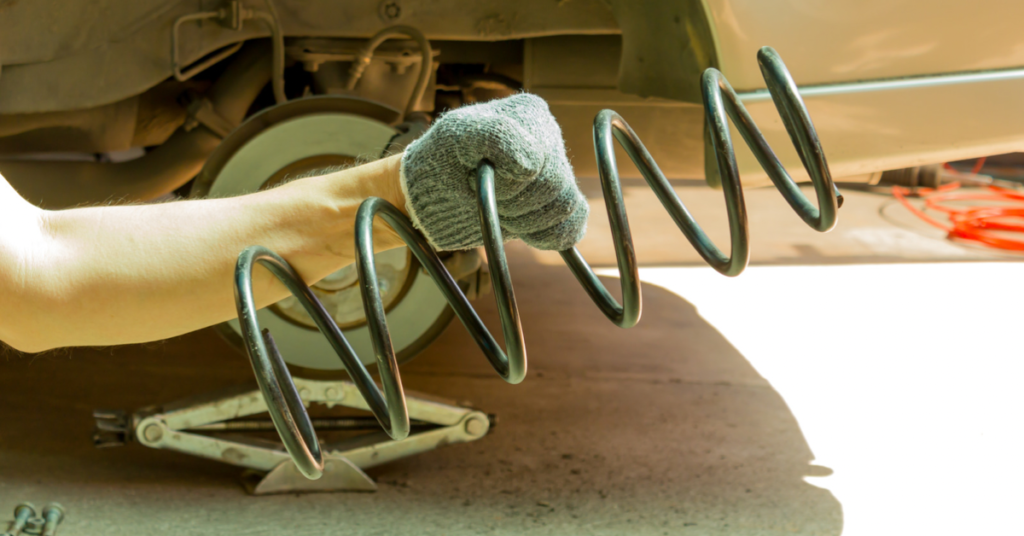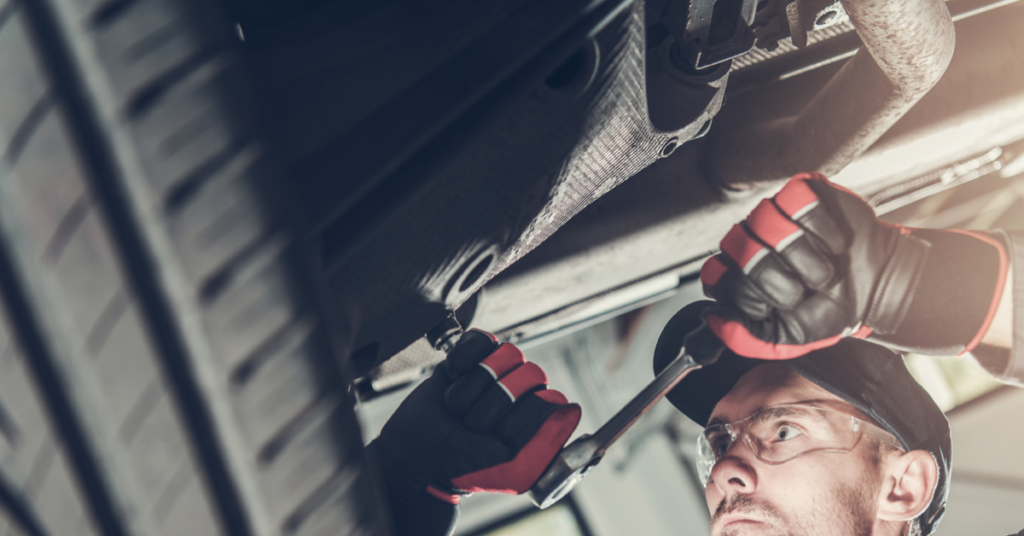Lowering a truck offers several benefits, such as speeding up and slowing down with greater ease due to the decreased weight transfer attributed to stiffer springs.
However, many truck owners usually put off lowering their trucks because major modifications like this are typically associated with significant cash outs.
Little do they know there are numerous ways to lower your vehicle completely free of charge.
Is it Possible to Lower Your Truck for Free?
Yes, it is possible to lower your truck completely free. So long as you have the right tools and know-how, anyone can lower their vehicle.
Usually, these procedures can cost around 200 dollars for parts and another 200 to 1000 dollar fee on top for service charges at your local mechanic, depending on how low you want to go and what kind of vehicle you have.
But if you’re willing to take on a home project, there are several methods by which you can lower your truck by yourself.
You may need to spend a minimal amount on materials depending on your chosen method, though.
It will take some time, dedication, and learning, but, at the end of the day, you will be able to enjoy all the perks of a lowered truck for free.
What Are Some Ways to Lower Your Truck For Free?
There are several ways to go about lowering your truck for free. This includes changing the suspension, tweaking with leaf springs, and many more.
To help you out, here are some methods that you can consider using to achieve that lowered look.
Cutting Springs

The cheapest, albeit not the safest, way to go about lowering your truck is by cutting the springs. This, in turn, produces shorter springs that hold your vehicle up and, therefore, a lower truck.
This was one of the earliest methods to lower your vehicle and is quite controversial. While many truck owners have cut their springs and experienced no problems at all, many others have claimed that it has affected their performance and ride quality.
Steps in Cutting Springs
- Use a car jack to elevate the area with the spring you intend to cut.
- Remove the tire and strut to gain access to the spring.
- Measure out the height that you want to drop and mark it. (maximum recommended drop in elevation is 2 inches)
- Using a hacksaw or cut-off wheel, cut the coil.
- Do not use heat or torches to cut the springs as heat could alter the chemical composition of the steel coil and render it brittle.
- Once satisfied, reinstall the coil, strut, and tire and remove the car jack.
- Repeat procedure for all wheels you wish to lower.
Keep in mind that cutting the springs will compromise compression strength and cause dampers to fail a lot sooner than they would with the original structure.
Also, make sure that your truck is equipped with the right type of springs that can be cut without affecting your car’s performance.
You can opt to cut only the front or back side; however, not cutting all springs equally can compromise your control of the truck due to the uneven ride height and weight distribution.
Heating Springs
Another controversial method of lowering your truck is through heating your springs. Instead of cutting them, you subject your springs to intense heat until they glow red.
Eventually, they will begin to collapse, thus causing your vehicle to lower.
Steps in Heating Springs
- Ensure that your car is on a level surface to avoid one side drooping lower than the other.
- Turn the torch on and heat the coil spring, ensuring that you do not apply heat to any electrical connections or your brake lines.
- Once you reach your desired height, quickly and carefully remove the torch.
- Once you achieve your desired drop in height, go lower by around half an inch before letting it cool.
Ensure that you always have fire extinguishers and other safety equipment within your arm’s reach in case of emergencies.
Remember that applying heat to springs may cause the vehicle to collapse suddenly, so take extra precautions to prevent it from falling on you.
While this is a legitimate method performed in many shops to lower vehicles, like cutting springs, it does hold the chance of adequate ride quality and the overall performance of your truck.
Replacing Springs
Because many people have resorted to cutting or shrinking their springs, many manufacturers have resorted to manufacturing shorter springs to take the place of your truck’s current springs.
Because this method may involve purchasing a new spring set (unless you already have one on standby), it is not technically wholly free of cost.
However, this is much more reliable and can be pretty easy to do by yourself, saving you a ton of money on professional fees.
Adjusting Torsion Bars

Several trucks that were specifically made to carry heavier loads use a suspension system referred to as a torsion bar suspension.
In this suspension, the torsion bar acts as the primary weight bearer of the vehicle. Thus, any adjustment done to the torsion bar immediately affects the entirety of the vehicle.
To use this to lower your truck, all you need to do is loosen the parts of your torsion keys until you achieve your desired drop.
Steps in Adjusting Torsion Bars
- Ensure the car is parked on a level surface.
- Lift one area of your car at least one inch above the ground with a car jack.
- Go underneath your truck and locate the center torsion bar bolt.
- With a ratchet wrench and attached socket, twist in a counter-clockwise direction to lower your truck.
- Once satisfied, remove the car jack and repeat the whole process for the other side to ensure that your vehicle is level.
Measure the wheel gap between the tires on both sides to ensure that your adjustment is even. Don’t loosen the torsion bar bolts too much, or else you run the risk of compromising your vehicle’s structure and performance.
What Should You Do After Lowering Your Truck?
Regardless of which method you choose to go with when you lower your truck, it is always a good idea to pull it out for a short drive around the block right after to ensure that your truck is still performing well and that the movement is uncompromised.
In fact, you should always take your truck for a test drive after any modification is done to its interior or exterior build or machinery to make sure everything is still working the way it should.
If you want a more in-depth look at things, it is also highly recommended to get your truck checked out by a professional after any modification.
Yes, it may cost you a little bit of money, but the overall security is probably worth the check-up rate.
Are These Methods for Lowering a Truck Safe?
The methods mentioned above are true and tested methods by the most prominent truck enthusiasts who have big dreams and visions for their trucks but lack the necessary budget to get them professionally achieved to fruition.
It is important to note that considering that these methods are not a one size fits all kind of solution.
You may need to do some additional research on which process will achieve your desired drop best without compromising your vehicle’s structure, build, and safety.
Conclusion
Lowering your truck shouldn’t have to cost you an arm and a leg. If you feel confident enough to do it yourself, save yourself the extra cash and pay with extra effort instead.
Pick a method that you think is most appropriate for your truck and get started on achieving a lowered truck and all the perks that come with it.
- Tips and tricks For Setting Up Camp Like a Pro - September 11, 2023
- The Best Multi-Tools for Overlanding Adventures - August 25, 2023
- Off-Road Navigation Tips for Overlanders - August 13, 2023


